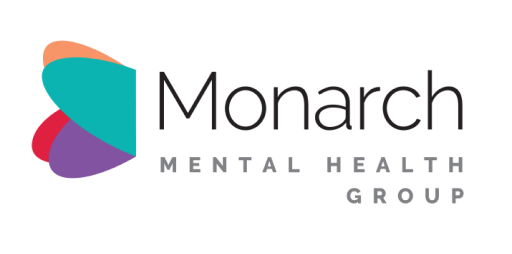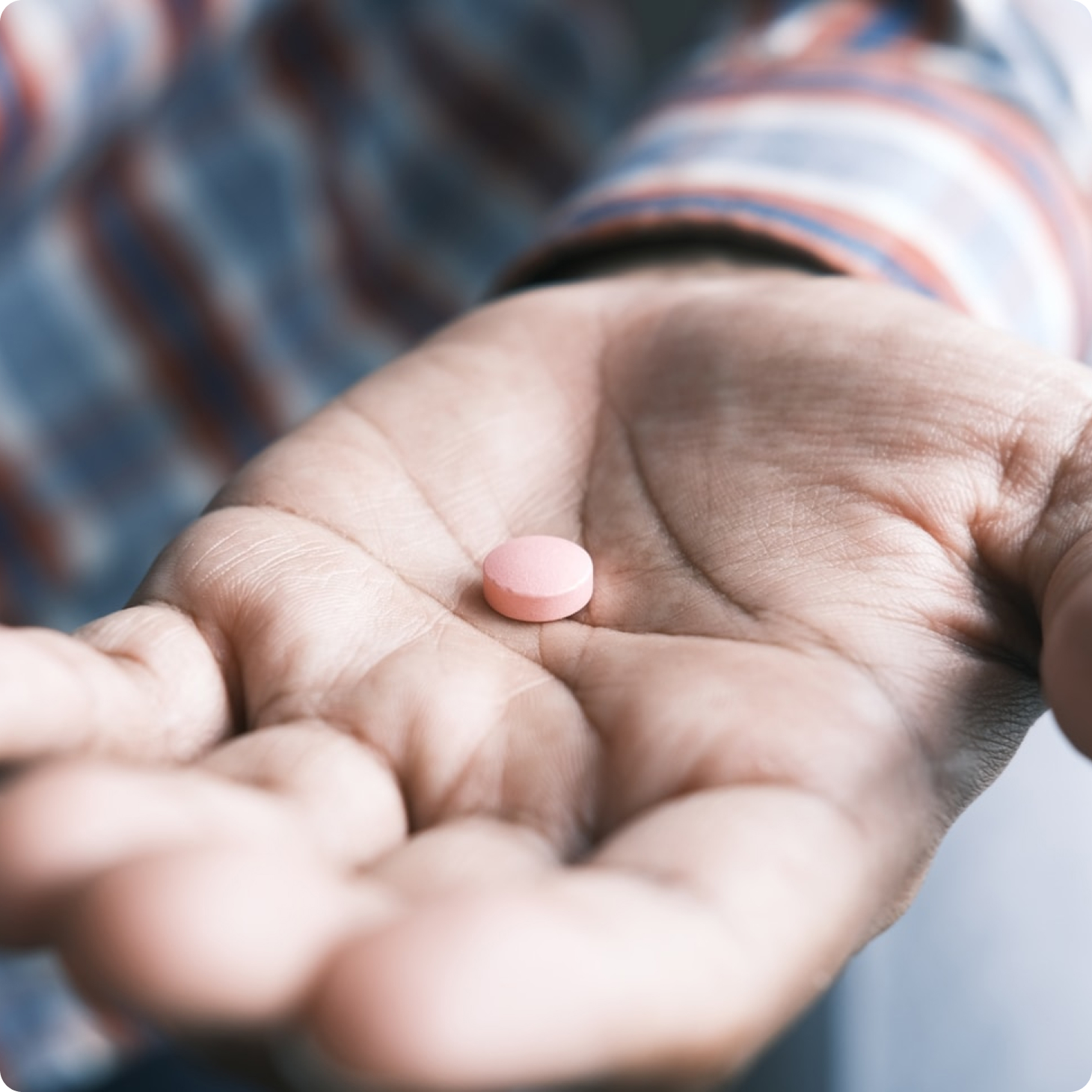Introduction to STAR*D's Significance
I have for a long time quoted the results of the STAR*D clinical trial as evidence for why we need to invest in new treatments such as transcranial magnetic stimulation (TMS) for people with depression. The STAR*D (Sequenced Treatment Alternatives to Relieve Depression) trial was a really substantive effort to explore antidepressant efficacy published across many papers from the mid-2000’s onwards. It involved almost 4000 patients with close to 3000 included in the main analysis. These patients received treatment with the SSRI citalopram, and if they didn’t respond to it, a series of three further medication steps with different drug choices at each.
Reflecting on Antidepressant Efficacy
The main message I have always taken away from this research has been that only about 1 in 3 patients achieved remission – got better - with their first medication, and a progressively smaller percentage with each step after that. Patients who had failed to get better with the first or second drug they tried had very low rates of remission following treatment with either the third or fourth medications if they then continued in treatment. In all, about 1/3rd of patients reported remaining unwell after what was a fairly vigorous treatment process. This, to my mind, has always been a strong justification to explore alternatives, especially when you add in the fact that many of the two thirds of patients who were actually reported to do well would then still have a recurrence of their illness despite continuing medication.
Reevaluating the STAR*D Results
In this context, I have been somewhat surprised from time to time when I have seen the results of the STAR*D trial used to support antidepressant medication use. That a response in 60-67% of patients would be seen as a strong endorsement of the use of these drugs, especially in a time when their efficacy has been questioned in some rigorous academic analysis.
Insights from Re-analyses of STAR*D Data
However, a series of re-analyses of data from STAR*D makes antidepressant use seem even less attractive than it previously has been presented. In the most recent of these, a group of researchers re-analyzed the primary data from STAR*D, using methods originally proposed at the start of the study, but which were altered over time. In particular, they used data from ‘blinded’ assessments using the Hamilton Depression Rating Scale (HDRS) (the original STAR*D publications used data that was unblinded and collected directly from patients’ themselves). They also excluded from analysis several hundred patients who did not meet criteria for depression, or who only had mild depression, on the HDRS at the onset of treatment. Yes, although it seems surprising, some patients who did not meet criteria for depression, or only had mild depression according to HDRS criteria, were included in analyses previously published. Finally, in this new analysis the team did not repeat a strange analysis step engaged in by the originally researchers. Specifically, when dealing with data from patients who dropped out of the study, the original analysis assumed they would have responded at the same rate as patients who remained in the trial, a totally unjustified assumption as patients may certainly drop out because they are not getting better or have significant side effects.
The Realistic View of Treatment Efficacy
So, what was the result of these changes in analysis protocol? Well it is pretty discouraging. The cumulative rate of remission for patients across the 4 stages of treatment dropped from 67% to only 35%. In other words, it appears that a realistic estimate of the likelihood of treatment response is closer to 1 in 3 rather than 2 in 3.
Contextualizing the STAR*D Study
It is important to remember that this was not a classical double-blind placebo controlled trial. All patients received ‘real’ medication treatment – this is likely to produce results at least as good, if not better, than when patients are enrolled in trials with placebo arms.
Considering Real-World Implications
In addition, there is another important way in which the original STAR*D papers have presented a best-case scenario. Specifically, one of the greatest problems of the use of antidepressants, is that patients are often left on them for long periods of time even when they’re not working. Enrolling in a study like STAR*D meant that patients were being formally assessed and appropriately moved on to an alternative option when they weren’t getting benefit. Outcomes are likely to be worse in the real world.
Concluding Thoughts and Next Steps
In sum, this presents a pretty bleak view. These medications, which are prescribed to millions and millions of people around the world every week, do have really limited overall efficacy. This does not mean that you should stop your medication if it is working for you: they do work for some people. It does, however, mean the following:
1) If you have been prescribed an antidepressant and it is not working after a period of between 3 and 6 weeks, you should go back to your doctor and ask what the next step in your treatment should be.
2) If you have tried a couple of these medications, you should ask your doctor about alternatives: what else is available to you.
3) We should continue to invest in the development and clinical role out of alternative strategies such as repetitive transcranial magnetic stimulation (TMS): people really need valid effective alternatives.
Click here if you would like to find out more about being referred to our clinics for TMS
Book an Initial Consultation with Our Experienced Psychiatrists
References: Beck, J. S., & Beck, A. T. (1995). Cognitive therapy: Basics and beyond. Guilford Press New York; Cosci, F., Guidi, J., Mansueto, G., & Fava, G. A. (2020). Psychotherapy in recurrent depression: efficacy, pitfalls, and recommendations. Expert Review of Neurotherapeutics, 20(11), 1169-1175; George, M. S., Nahas, Z., Molloy, M., Speer, A. M., Oliver, N. C., Li, X.-B., Arana, G. W., Risch, S. C., & Ballenger, J. C. (2000). A controlled trial of daily left prefrontal cortex TMS for treating depression. Biological psychiatry, 48(10), 962-970; Harmer, C. J., Duman, R. S., & Cowen, P. J. (2017). How do antidepressants work? New perspectives for refining future treatment approaches. The Lancet Psychiatry, 4(5), 409-418.; Harris, R. (2019). ACT made simple: An easy-to-read primer on acceptance and commitment therapy. New Harbinger Publications.; Kandola, A., Ashdown-Franks, G., Hendrikse, J., Sabiston, C. M., & Stubbs, B. (2019). Physical activity and depression: Towards understanding the antidepressant mechanisms of physical activity. Neuroscience & Biobehavioral Reviews, 107, 525-539.; Sonmez, A. I., Camsari, D. D., Nandakumar, A. L., Voort, J. L. V., Kung, S., Lewis, C. P., & Croarkin, P. E. (2019). Accelerated TMS for depression: a systematic review and meta-analysis. Psychiatry Research, 273, 770-781.

